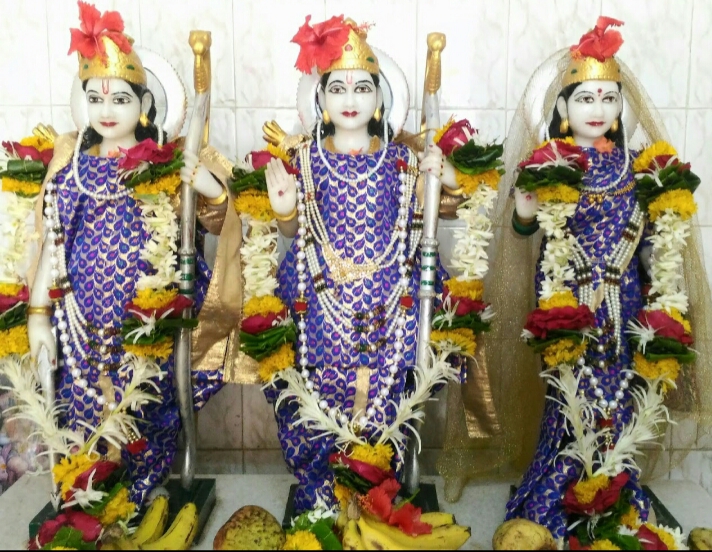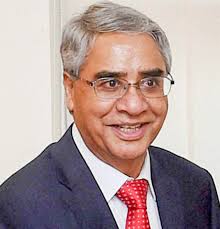
04/17/2024
Kathmandu, Apr. 17: Ram Navami is a highly auspicious festival for Hindus, commemorating the birth anniversary of Lord Shri Ram, an incarnation of Lord Vishnu, who is revered as a symbol of virtue, righteousness, and the ideal human being, earning the title Maryada Purushottam.
Lord Shri Ram was born in the afternoon, and as a result, he was worshipped during the same time on the Ram Navami tithi. Devotees visit temples, offer prayers, perform rituals, fast, and chant mantras to seek blessings and enlightenment from Lord Ram on this day.
The festival is widely celebrated among Hindus in India, Nepal, and Bangladesh, and by some Hindus in North America and Europe. Here is all you need to know about Ram Navami, from date to history, significance, and more.
Every year, Ram Navami is celebrated with a whole lot of pomp and grandeur all over the country. One of the largest festivals celebrated by the Hindu community, Ram Navami commemorates the birth anniversary of Lord Rama.
According to Hindu mythology, Lord Ram is the seventh incarnation of Lord Vishnu and is known for his virtuous nature and good conduct. Both epics, Ramayana and Mahabharata mentions the story of the birth of Lord Rama.
It states that during ancient times, King Dasaratha performed Putra Kamesti Yagna to have children. Queen Kaushalya gave birth to Lord Rama, Queen Sumitra gave birth to Lord Shatrughan and Queen Kaikeyi gave birth to Lord Bharat.
Since then, Ram Navami is celebrated on the auspicious day Lord Rama was born. Large processions are carried out in the streets. People celebrate the virtues of Lord Rama and worship him. Ram Navami, for this year, will be observed on April 17.
It also coincides with the ninth day of Chaitra Navaratri. On Maha Navami of Chaitra Navaratri, Maa Siddhidatri is worshipped.
Ram Navami takes place on the ninth day (Navami Tithi) of the Hindu lunisolar Chaitra month, specifically during the Shukla Paksha phase. It is celebrated on the ninth day of the bright half and this year, it will be celebrated on Wednesday, 17th April, 2024.
The historical significance of Ram Navami dates back to ancient times when King Dasharatha, unable to have a child, performed the Putra Kamesti Yagna on the advice of Rishi Vashishth.
As a result, Queen Kaushalya gave birth to Rama, Sumitra to Lord Shatrughan and Lord Lakshman, and Kaikeyi to Lord Bharat. Lord Rama, the seventh incarnation of Lord Vishnu, is revered for his virtuous and righteous nature, serving as an exemplary figure known as ‘Maryada Purushottam.’
The spiritual significance of Ram Navami lies in the commemoration of Lord Rama’s birth, who is considered the epitome of dharma, or righteousness, and a symbol of truth, good conduct, and virtues.
The festival is a major occasion for devotees to remember his birth anniversary and worship him through fasting, visiting temples, offering special prayers and pujas, and reading from the Ramayana, the epic poem that tells the story of Lord Rama’s life.
In India, Ram Navami is celebrated with great interest and devotion. People clean and decorate their houses, draw rangolis on their doorsteps, and decorate the altar to place the small idol of Lord Rama. They also visit temples and offer prayers to Lord Rama, who is celebrated with various rituals, including fasting, reciting and listening to the epic Ramayana, organising processions, and performing havans.
In Ayodhya, the birthplace of Lord Rama, a Rath Yatra or chariot parade is taken out, which is attended by many people from abroad who are seeking spiritual understanding.






